The Intersection of Storytelling and Visual Art
Jane Housham’s creative pursuits span a fascinating spectrum, from fiction writing to painting, collage, and collecting. While each of these disciplines may seem distinct, they all converge on a singular theme: storytelling. Whether through a short story inspired by a forgotten photograph or a painting that breathes new life into a vintage postcard, Housham’s work is deeply rooted in uncovering and reimagining lost narratives. Her artistic practice is not confined to a single medium; she moves fluidly between acrylic paintings, oil pastels on digital prints, and collages, each approach offering a different way to explore time, memory, and perception.
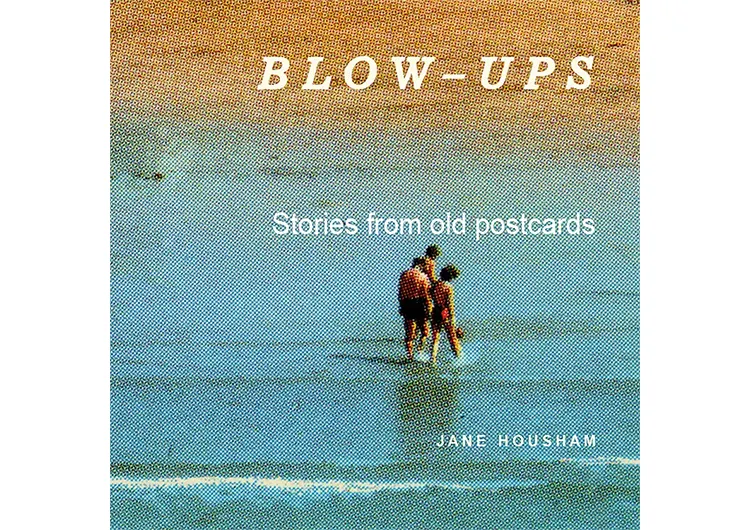
Old photographs and postcards serve as a central source of inspiration for her. These frozen moments from the past ignite her imagination, compelling her to envision the lives and emotions of the people captured within them. In her book Blow-Ups, a collection of short stories, she constructs entire narratives around small yet evocative details in these images—a fleeting glance, a seemingly mundane object, or an unintentional background figure. This fascination with visual storytelling extends to her artistic process, where she often reinterprets photographic images, layering different time periods and perspectives onto a single canvas.
For Housham, the past is not just something to be remembered but something to be actively engaged with. Her Instagram account, @foundandchosen, serves as an extension of this philosophy. Through meticulously arranged collections of found objects—mostly bought in settings where they’re for sale, though some are genuinely found—she curates visual stories that tap into a collective nostalgia. Whether it’s a series of miniature figurines, vintage plastic toys, or odd trinkets with unknown histories, each object is freighted with past enjoyment and past ownership of it.
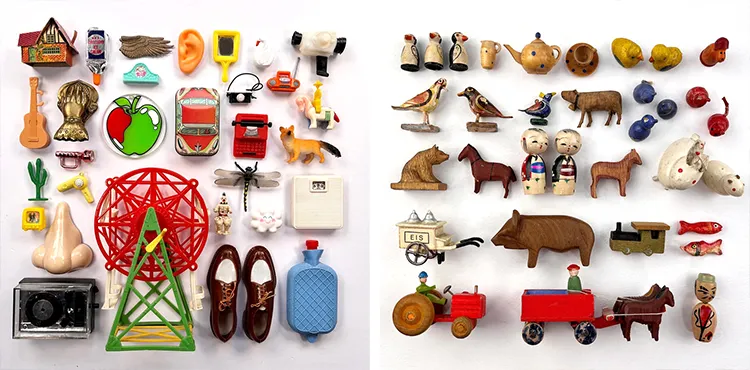
Jane Housham: A Collector’s Eye for the Unusual
Collecting has been a lifelong instinct for Housham, shaped in part by her mother’s passion for dollhouses and miniatures. As a child, she maintained a treasured box of small objects, constantly sorting and rearranging them, an impulse that has remained with her into adulthood. However, her approach to collecting is not systematic; rather, it is guided by intuition and an attraction to items that hold a peculiar charm or that grow a particular category of things she already has. Instead of focusing on monetary value, she is drawn to the overlooked and the discarded—objects that, once grouped together, form unexpected visual narratives.
Her Instagram project began as a simple means of documenting these accumulations, but it quickly resonated with a wide audience. Followers are captivated by the way she categorizes and arranges objects, whether by color, shape, or theme. A row of rubber hippos, a lineup of miniature toilets, or a single plastic seahorse can trigger memories and emotions, offering a form of escapism from the chaotic modern world. Housham believes that there is an inherent joy in creating order from randomness, a practice that allows both her and her audience to rediscover a sense of playful curiosity.
Plastic objects, a recurring element in her collections, present an interesting paradox. While plastic has become a symbol of environmental harm, Housham sees value in preserving these items rather than letting them disappear into landfills. Vintage plastic toys, for example, reflect an era when the material was celebrated for its durability and vibrant colors. By repurposing and displaying these objects, she not only honors their design but also invites a conversation about the ways we assign value to everyday materials.
The deeper appeal of her collections lies in their ability to evoke nostalgia. Many of the objects she collects come from past decades, conjuring up childhood memories or simpler times. In an era dominated by fast-paced digital experiences, her carefully composed displays offer a moment of pause—an opportunity to appreciate the tactile beauty of everyday artifacts. Beyond aesthetics, she sees collecting as an act of preservation, ensuring that these small fragments of history are not forgotten.
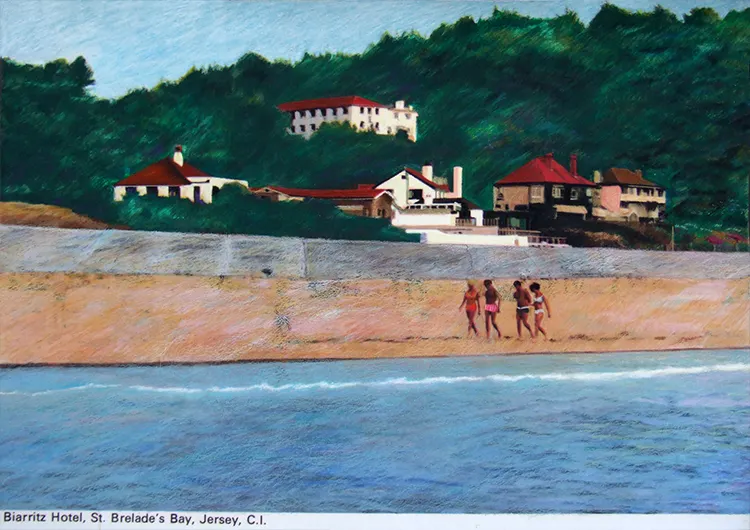
Finding Beauty in the Forgotten
Housham’s artistic and literary works often explore the tension between past and present, light and dark. While her Instagram is filled with bright, whimsical objects, her writing delves into much more unsettling territories. Her true-crime book The Apprentice of Split Crow Lane investigates a gruesome Victorian-era child murder, while her short story collection Tom’s Bad Stories consists of eerie narratives derived from a 1940s children’s dictionary. The book’s made up, word for word, from sentences used in the dictionary to explain the meaning of words. This contrast between playfulness and darkness is not a contradiction but rather an extension of her deep curiosity about history and human nature.
Her visual art echoes this same interplay. Working with acrylics and oil pastels over digital prints, she reconstructs existing images, adding layers that alter their original meaning. This process allows her to engage with history in a way that is both personal and interpretive, transforming photographs into something entirely new.
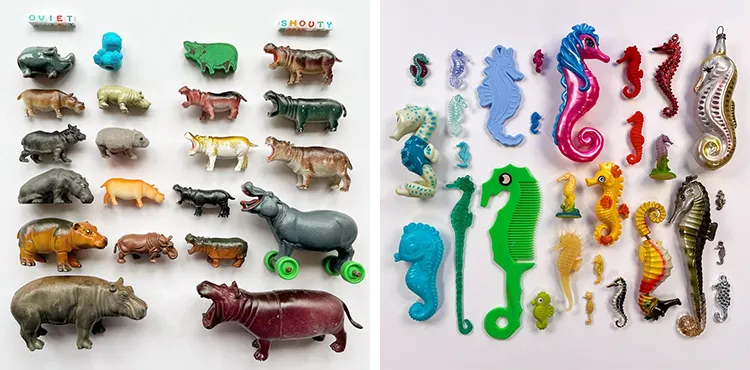
Jane Housham: Following Curiosity Wherever It Leads
When asked what keeps her inspired, her answer is simple: the details. A fleeting expression in a photograph, an obscure object at a flea market, or a single line of text in an old book—these tiny moments hold infinite potential for storytelling. As long as she continues paying attention to the world around her, the process of creation will never truly stop.
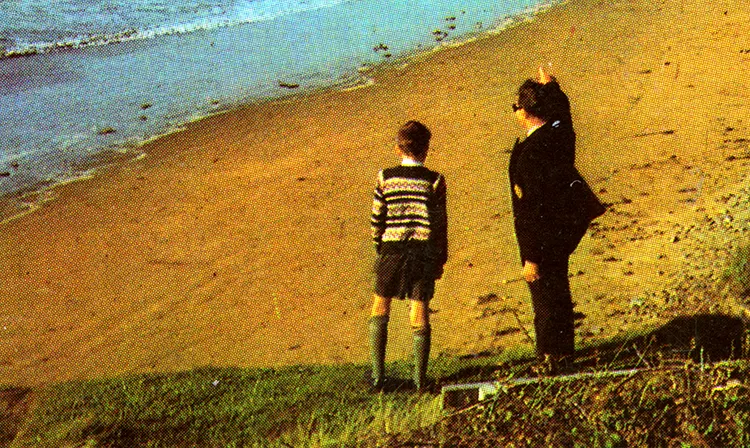
The post Jane Housham: The Art of Finding Meaning in the Overlooked appeared first on AATONAU.
+ There are no comments
Add yours